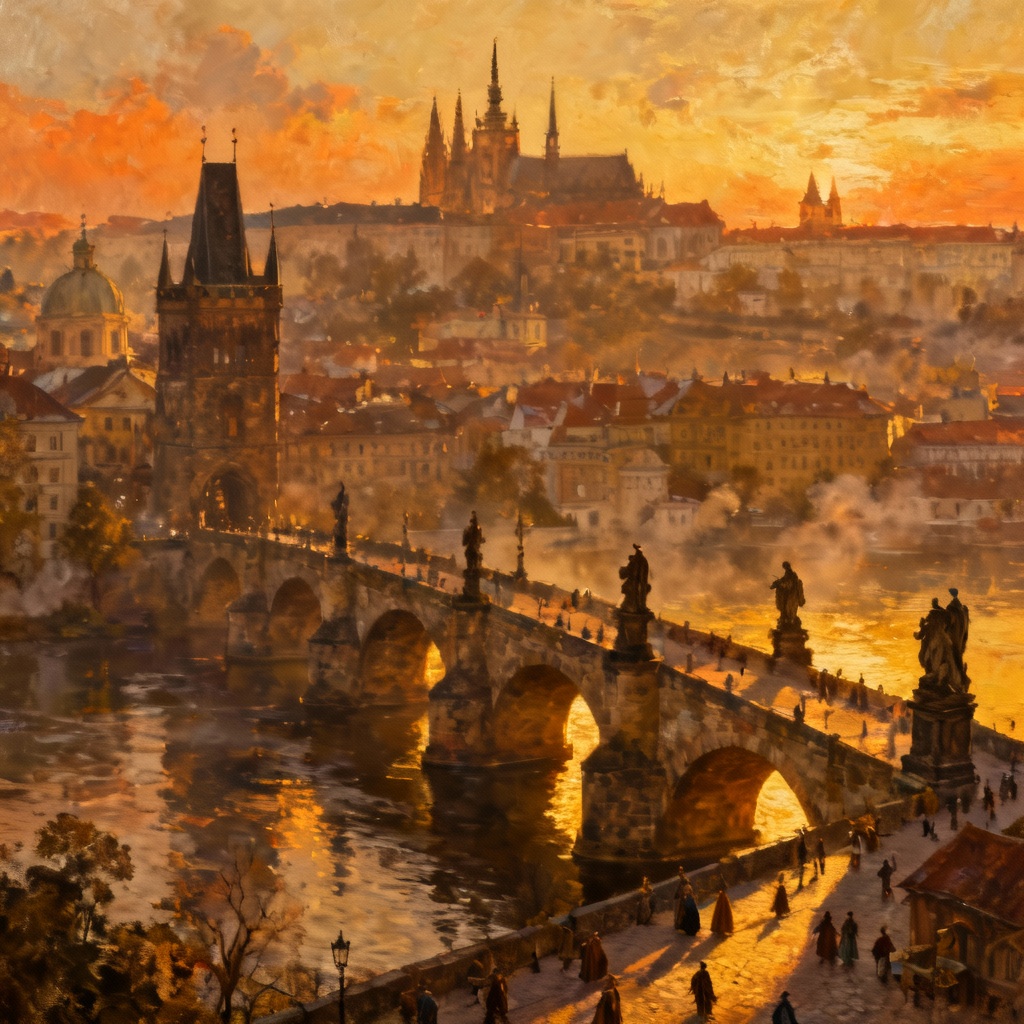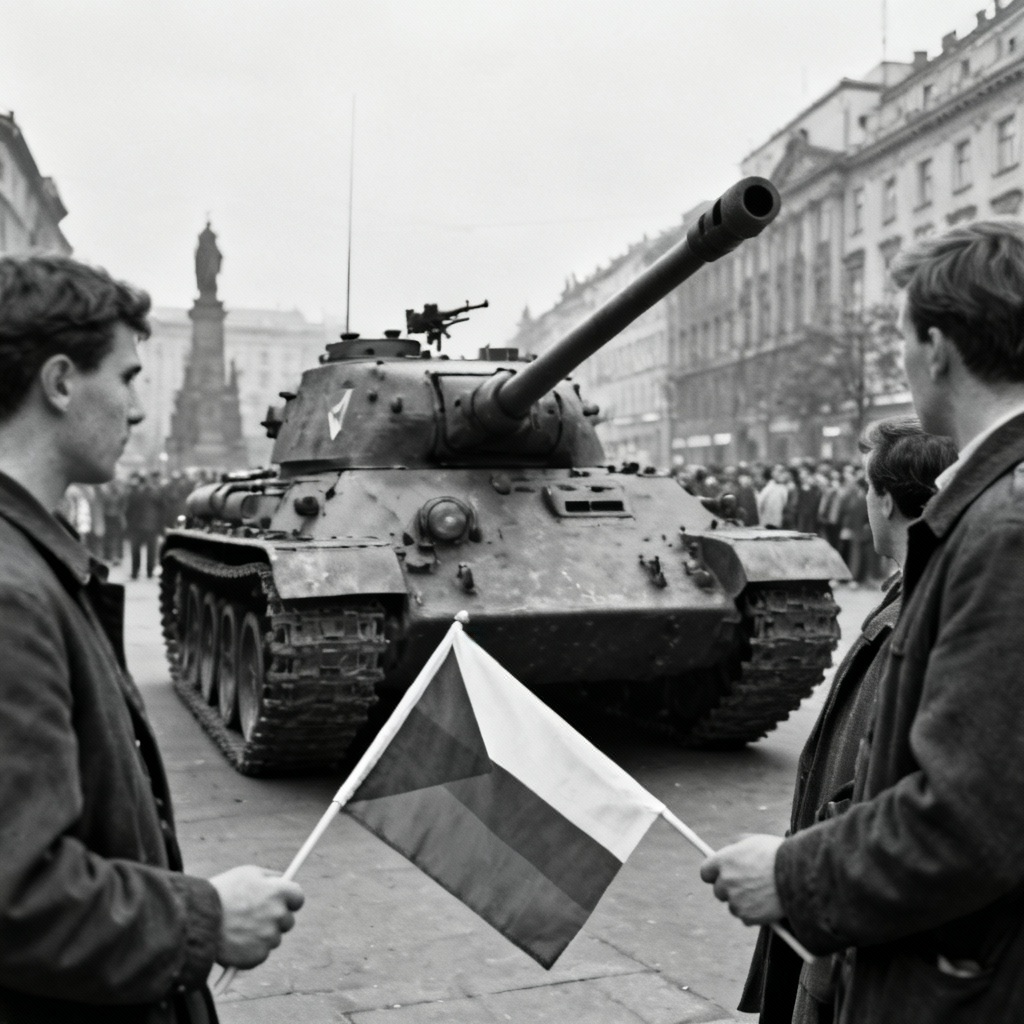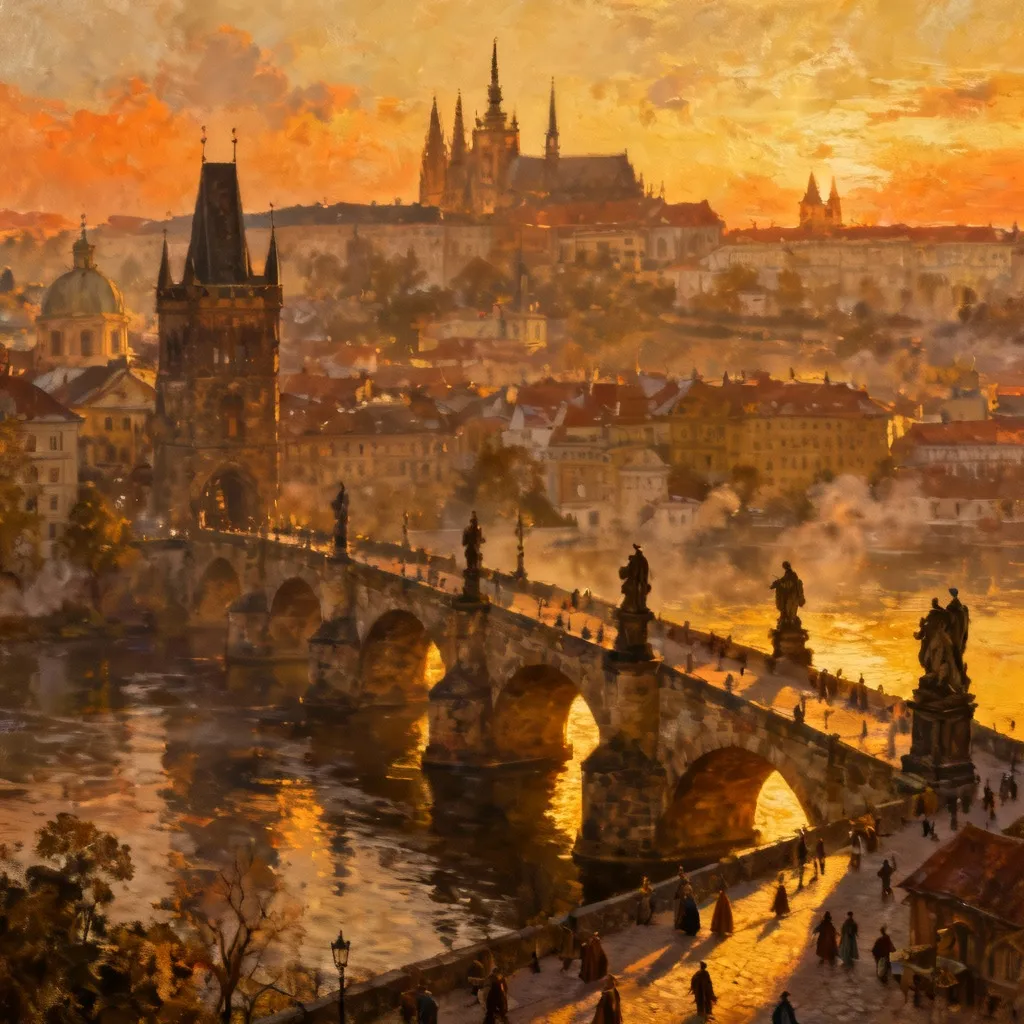From Bohemia to Prague: A Short, Comprehensive History of the Czech Republic
The Czech Republic sits at the cultural and geographic crossroads of Central Europe, its history a fascinating tapestry woven from centuries of imperial rule, intellectual movements, and democratic struggles. Its ancient capital, Prague, has served as a political and cultural hub for kings, emperors, and dissidents alike. This Short History explores how the region evolved from tribal settlements into the modern Czech Republic, defining its identity across the heartlands of Bohemia, Moravia, and Czech Silesia. Tracing the narrative from the Slavic tribes to the peaceful modern state, we can understand the deep well of resilience that defines this nation.
I. The Roots: Kingdom of Bohemia and the Golden Age (9th-16th Century)
Early Slavic tribes settled in the Czech Lands following the Great Migration, and the first major state formation emerged as Great Moravia in the 9th and 10th centuries. Following this, the Přemyslid dynasty cemented their rule, eventually establishing the hereditary Kingdom of Bohemia in 1198. This formalized the long-running autonomy of the Czech state within the Holy Roman Empire.

The peak of Czech medieval influence came under Charles IV, a ruler from the House of Luxembourg, whose reign (1346–1378) is universally known as the "Golden Age." Charles was also crowned the Holy Roman Emperor, positioning Prague as the empire's formal capital and a center of prestige and wealth. He founded the first university in Central Europe—Charles University—and initiated major construction projects, like the iconic Charles Bridge, dramatically enhancing the kingdom’s status.
II. Conflict and Resilience: Under Habsburg Rule (17th-19th Century)
Bohemia's proud independence faced a decisive challenge when local Protestant nobles opposed the Catholic Habsburg ruler, Ferdinand II. This opposition culminated in the dramatic Defenestration of Prague in 1618, where Protestant officials threw two Catholic imperial governors and their secretary from a window of Prague Castle. This event triggered the Bohemian Revolt, spiraling rapidly into the devastating Thirty Years’ War.
The ultimate defeat of the Protestant estates at the Battle of White Mountain in 1620 led to centuries of enforced re-Catholization and the absorption of the Bohemian Crown into the Habsburg Monarchy. For nearly 300 years, Czech political identity was suppressed, and the German language became dominant in administration and intellectual life. However, this period of subjugation inadvertently sparked a potent cultural resurgence.
The 18th and 19th centuries saw the Czech National Revival, a focused intellectual and literary movement aimed at reclaiming the Czech language, culture, and national awareness. Figures like Josef Jungmann compiled a monumental Czech-German dictionary to codify and restore the language, forming a bedrock of national identity that would eventually fuel political demands for independence.
III. The Path to Independence: From Czechoslovakia to Velvet Revolution
The collapse of the Austro-Hungarian (Habsburg) Empire following World War I offered an unprecedented opportunity for statehood. In 1918, a unified democratic state, Czechoslovakia, was born under the leadership of its first president, Tomáš Garrigue Masaryk. The interwar period became a golden age of liberal democracy, yet this stability was shattered by the Nazi occupation in 1939 and the devastating fallout of World War II.

Following liberation, Soviet influence solidified, leading to a bloodless Communist takeover in 1948, turning Czechoslovakia into a Soviet-aligned satellite state. The most significant challenge to this regime was the 1968 Prague Spring, a period of liberal reform under Alexander Dubček who sought to introduce "socialism with a human face." The hopes of this movement were brutally crushed when Soviet-led Warsaw Pact tanks invaded in August 1968.

The era of 'Normalization' that followed lasted until November 1989, when non-violent mass demonstrations—known as the Velvet Revolution—led by dissident playwright Václav Havel, forced the collapse of the Communist government. The gentle nature of the protests and the speed of the political change remain a powerful example of peaceful democratic transition.
Conclusion: The Modern Democratic Czech Republic
The peaceful transition culminated in the "Velvet Divorce" on January 1, 1993, which dissolved Czechoslovakia and led to the creation of the independent Czech Republic and Slovakia. This division was carried out through mutual agreement, avoiding the ethnic strife seen in other former Soviet bloc states. Since then, the Czech Republic has completed a rapid transition to a liberal market economy and is an integrated member of the EU and NATO.
The turbulent path from the independent Kingdom of Bohemia to the present day highlights the unique tenacity of the Czech people. This Short History of the Czech Republic History shows that whether as the cosmopolitan heart of the Holy Roman Empire or as the Prague of the democratic revolution, the nation has continually redefined itself while retaining a profound dedication to its national, linguistic, and cultural heritage.
